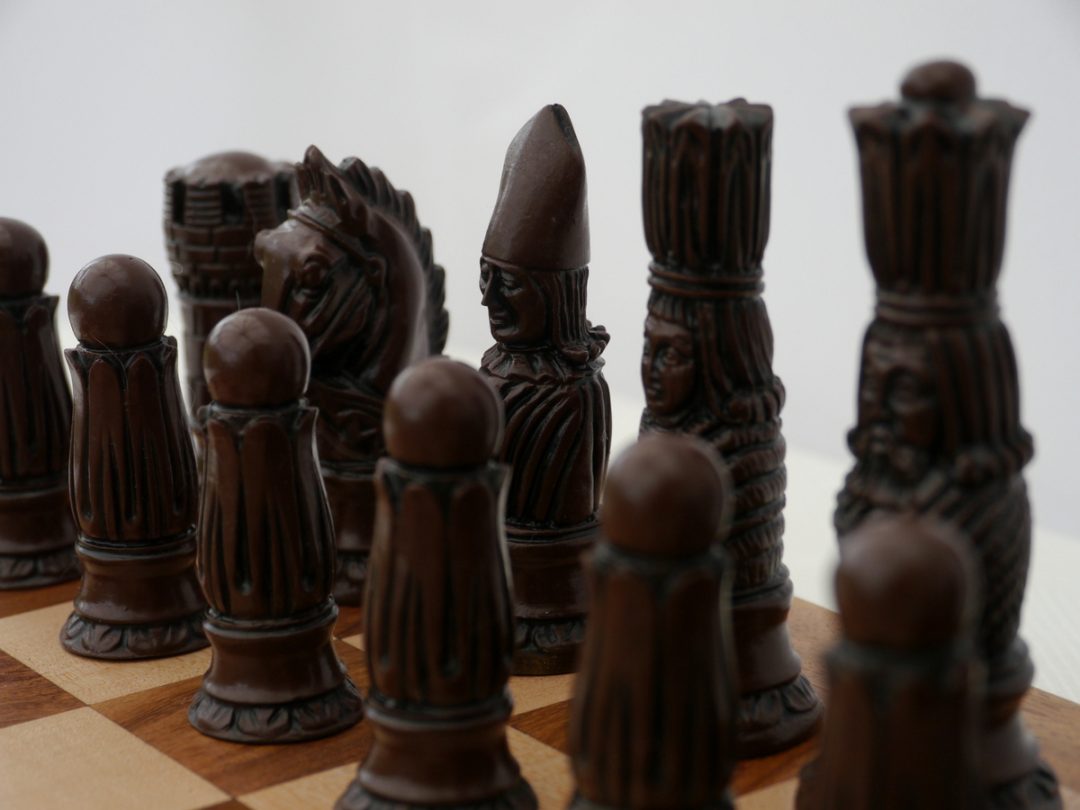The guidelines of chess (also known as typically the laws of chess) govern the carry out of the game of chess. Chess is a two-player abstract strategy plank game. Each participant controls sixteen bits of six varieties on a chessboard. Each type of part moves in the distinct way. Typically the object of the particular game is to be able to checkmate (inescapably endanger with capture) the opponent's king. A new game can result in various ways besides checkmate: a player can resign, and even there are a number of ways a game can end in the draw.
As the actual origins of chess are unclear, modern rules first got form throughout the Midsection Ages. The rules continued to be slightly modified until the early 19th century, when these people reached essentially their own current form. classical chess sets varied somewhat from place to place. Nowadays, the standard guidelines are set by simply FIDE (F�d�ration Internationale des �checs), the particular international governing human body for chess. Small modifications are built by some countrywide organizations because of their own purposes. You will find different versions of the guidelines for fast chess, correspondence chess, on the web chess, and Chess960.
Besides the standard moves of the particular pieces, rules also govern the device used, time control, carry out and ethics regarding players, accommodations regarding physically challenged players, and recording associated with moves using chess notation. Procedures regarding resolving irregularities that will can occur during a game are presented at the same time.
Chess is usually played on a new chessboard, a rectangular board split up into a grid of sixty four squares (eight-by-eight) associated with alternating color (similar to the plank used in draughts). Regardless of the actual colors from the board, typically the lighter-colored squares are usually called "light" or even "white", and the darker-colored squares are "dark" or "black". 16 "white" and of sixteen "black" pieces will be placed on the board at the particular beginning of the particular game. The plank is placed to ensure that a white rectangle is in every player's near-right corner. Horizontal rows are called ranks, plus vertical columns are usually called files.

The gamer controlling the white colored pieces is called "White"; the player controlling the black items is named "Black". White moves first of all, then players alternate moves. Making the move is essential; it is not lawful to skip some sort of move, even when having to move is detrimental. Play continues until a new king is checkmated, a player resigns, or a draw will be declared, as discussed below. In improvement, if the sport is being performed under a time control, a player who exceeds enough time limit will lose the overall game unless they will cannot be checkmated.
The official mentally stimulating games rules do certainly not incorporate a procedure regarding determining who takes on White. Instead, this particular decision is kept open to tournament-specific rules (e. grams. a Swiss system tournament or round-robin tournament) or, regarding non-competitive play, common agreement, in which in turn case some form of arbitrary choice is often employed. A typical method is for one player to disguise a piece (usually a pawn) of every color in possibly hand; the other player chooses the hand to open up and receives the color of the piece that will be revealed.
